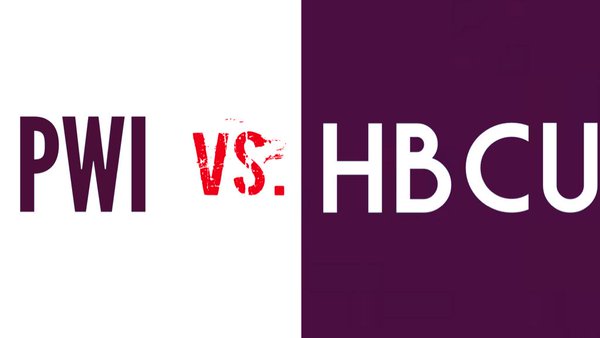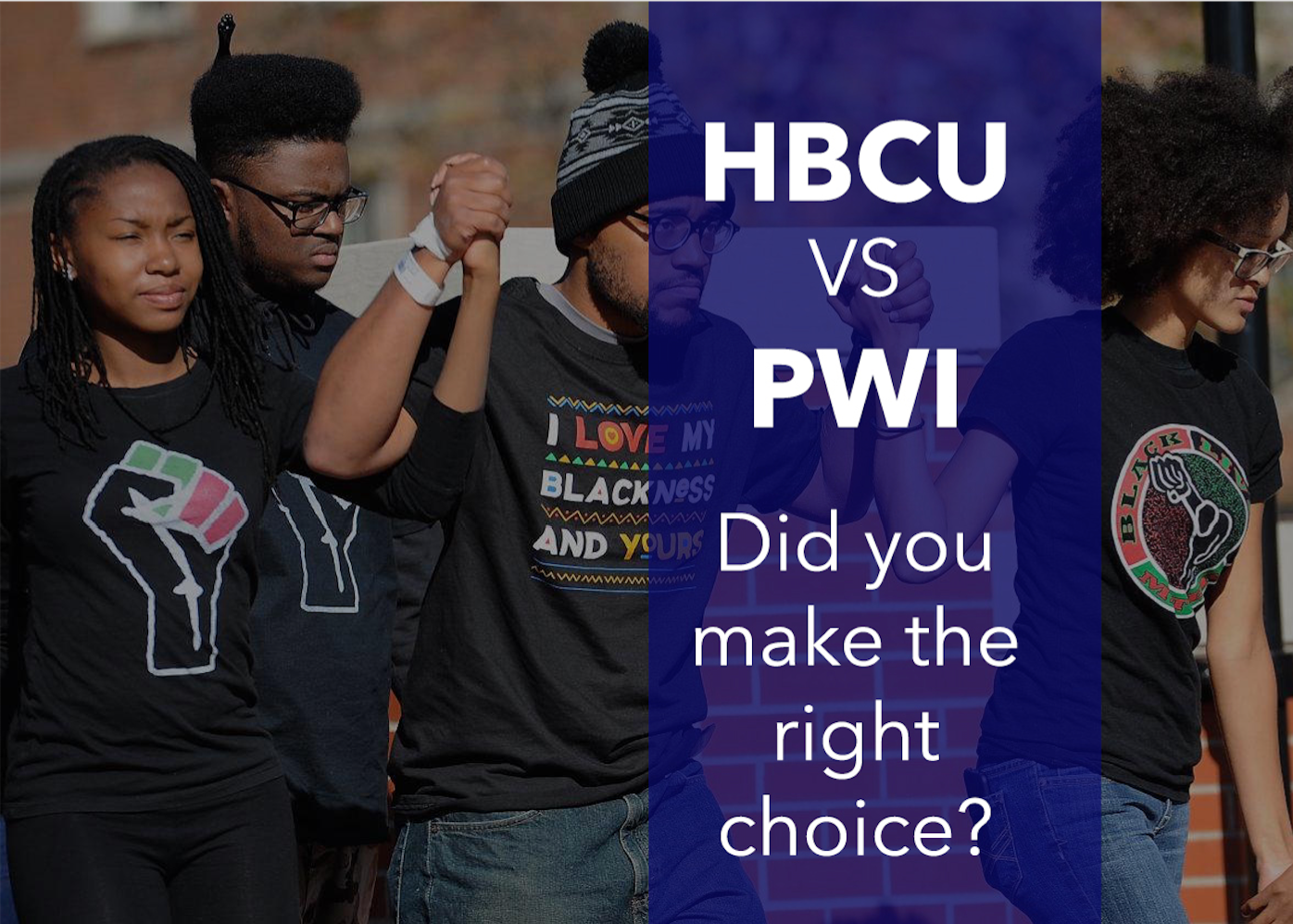Unlike predominantly white institutions (PWIs), HBCUs prioritize diversity and inclusion. They provide tailored programs and activities that meet the needs of their student population. Also, they have more African-American faculty to show students they can succeed in leadership.
PWIs
Diversity and inclusion are two important elements to think about regarding PWIs (Predominantly White Institutions) and HBCUs (Historically Black Colleges and Universities).
PWIs usually have a more varied student body, composed of various races, cultures, and backgrounds. Yet, this diversity can be hard to achieve due to existing prejudices and discrimination.
HBCUs were mainly created to educate African-American students and uphold an individual campus culture that respects black customs and pride. The atmosphere in these institutions is usually accepting and supportive, though it can be lacking diversity in the student and faculty body.

HBCUs
Historically Black Colleges and Universities have a mission to promote diversity and inclusion. They offer students the chance to learn while engaging in cultural activities.
Unlike predominantly white institutions (PWIs), HBCUs prioritize diversity and inclusion. They provide tailored programs and activities that meet the needs of their student population.
Also, they have more African-American faculty to show students they can succeed in leadership. In addition, they provide support services like tutoring, mentoring, and counseling.
It’s a great idea to choose an HBCU! They respect and celebrate diversity, and provide quality education.

Pros of HBCUs
- Strong sense of community and shared cultural experience for Black students
- More affordable tuition and good financial aid opportunities
- Smaller class sizes allow for more personal attention
- Empowering environment that celebrates Black identity and culture
- Produce many successful Black graduates, especially in fields like STEM and law
- Rich traditions and events like homecomings
Cons of HBCUs
- Limited racial/ethnic diversity on campus
- Fewer academic program options compared to larger PWIs
- Smaller endowments and more limited resources
- Perceived reputation challenges in some circles

Pros of PWIs
- More racial/ethnic diversity in the student body
- Wider variety and number of academic programs
- Bigger endowments provide more resources and facilities
- Broader professional networks and recruitment opportunities
Cons of PWIs
- Can feel isolated and lack cultural support systems
- Larger class sizes with less personal attention
- More competition for leadership roles and opportunities
- Higher tuition costs on average
Benefits of Attending an HBCU
- Strong sense of community and shared cultural experience for Black students. HBCUs provide a supportive environment where students feel welcomed and understood.
- More affordable tuition on average. HBCU tuition is about 27-28% less than comparable non-HBCUs. They also offer good financial aid and scholarship opportunities.
- Smaller class sizes and more personal attention from faculty. Students get more mentoring and support.
- Empowering environment that celebrates Black identity and culture. Students feel pride in the rich history.
- High return on investment and good career preparation. HBCU grads report higher career engagement and life purpose.
- Hands-on experiences and research opportunities. Students can build skills and connections for the future.
- Alumni network and community. Graduates join a lifelong community with deep traditions.

In summary, HBCUs provide a close-knit, culturally affirming community while PWIs offer greater diversity and resources. There are good arguments on both sides, so students should weigh their priorities and needs when deciding between HBCU and PWI options. Factors like finances desired major, campus culture, class size, etc. may play a role.

